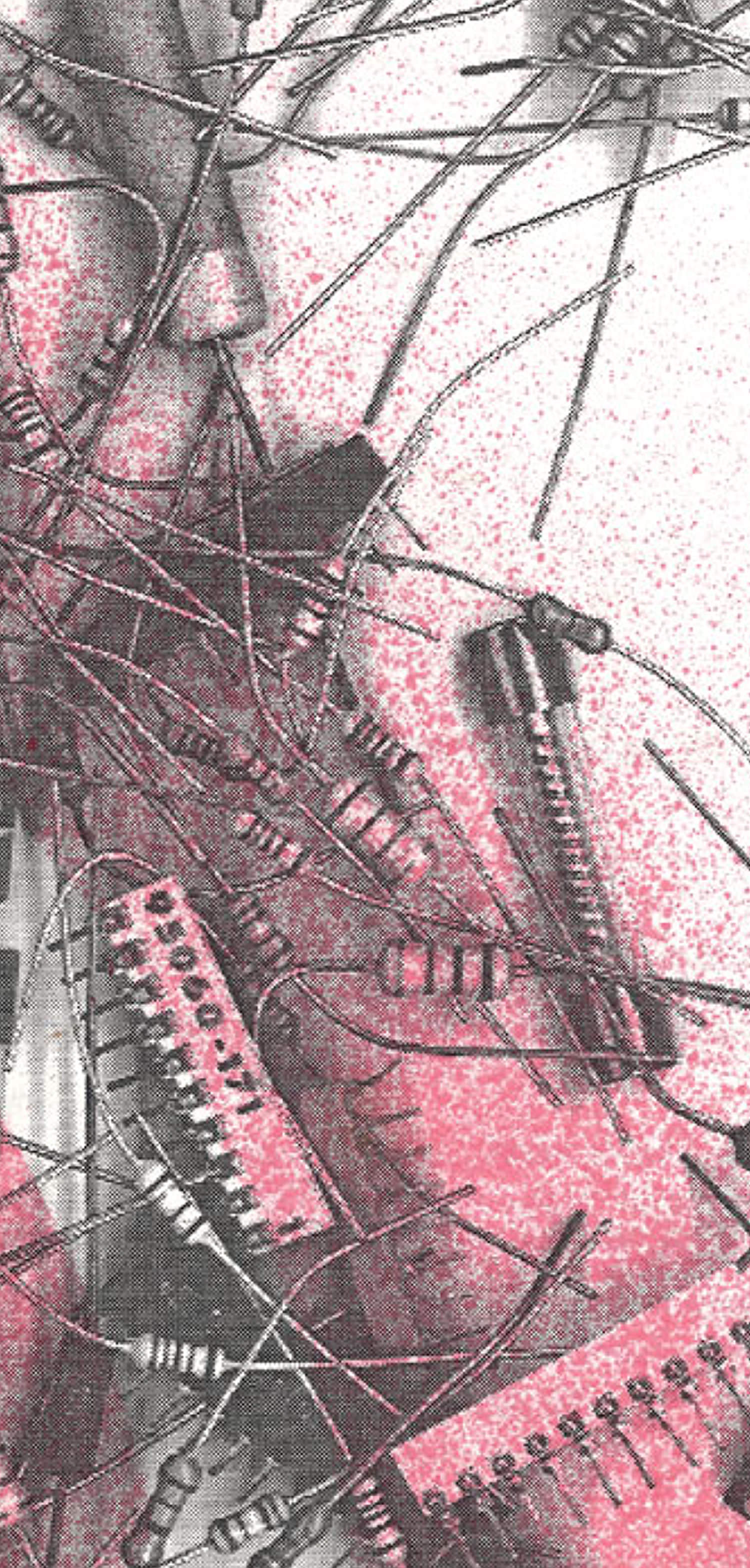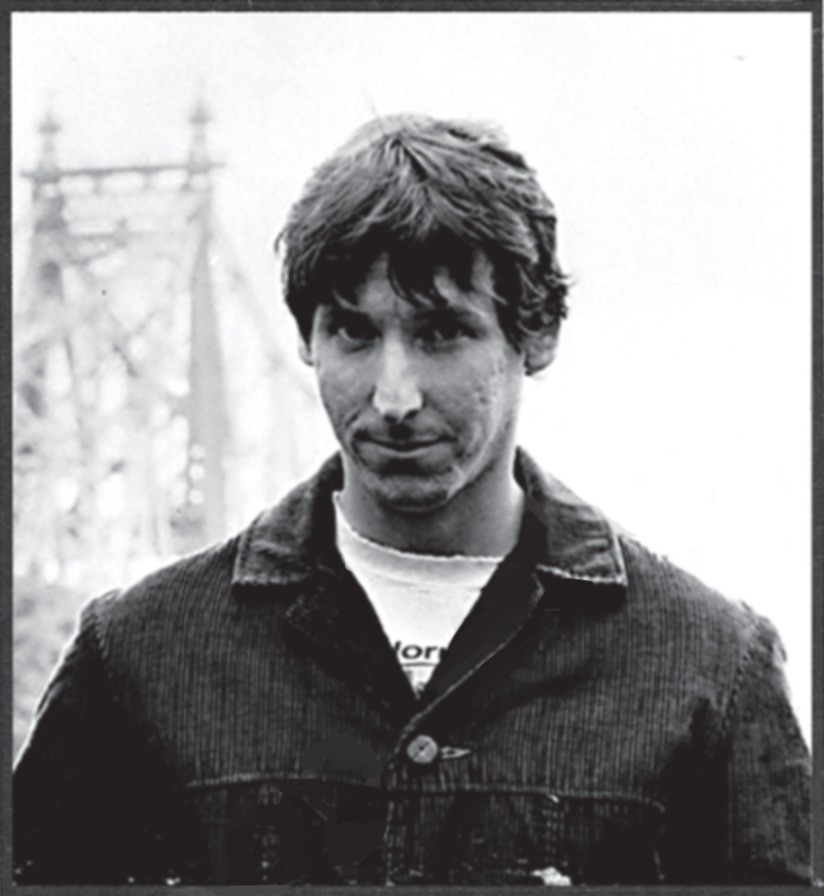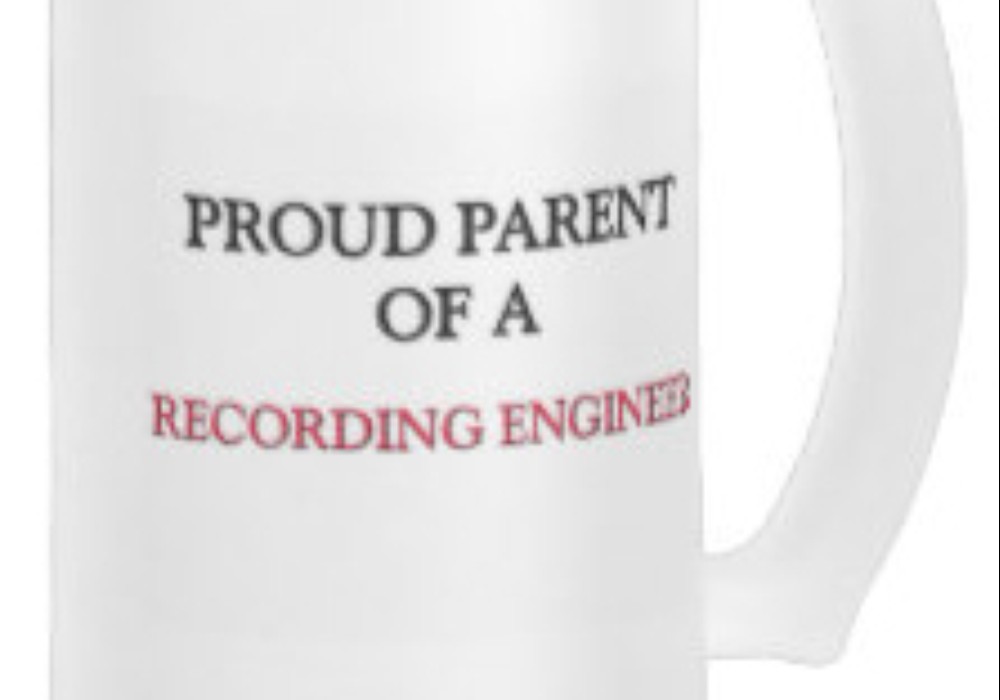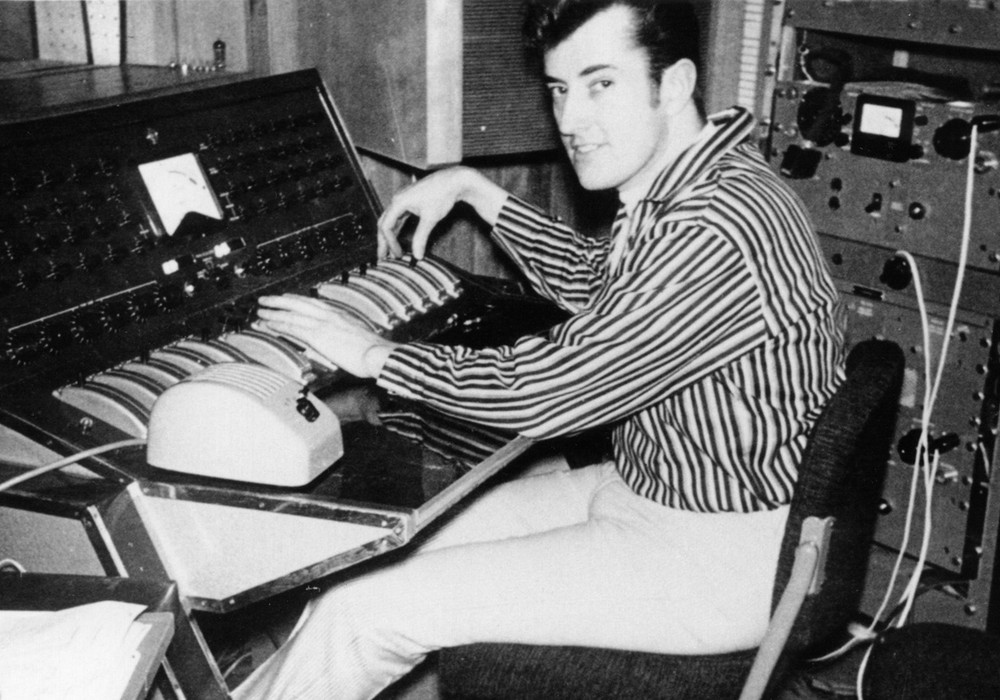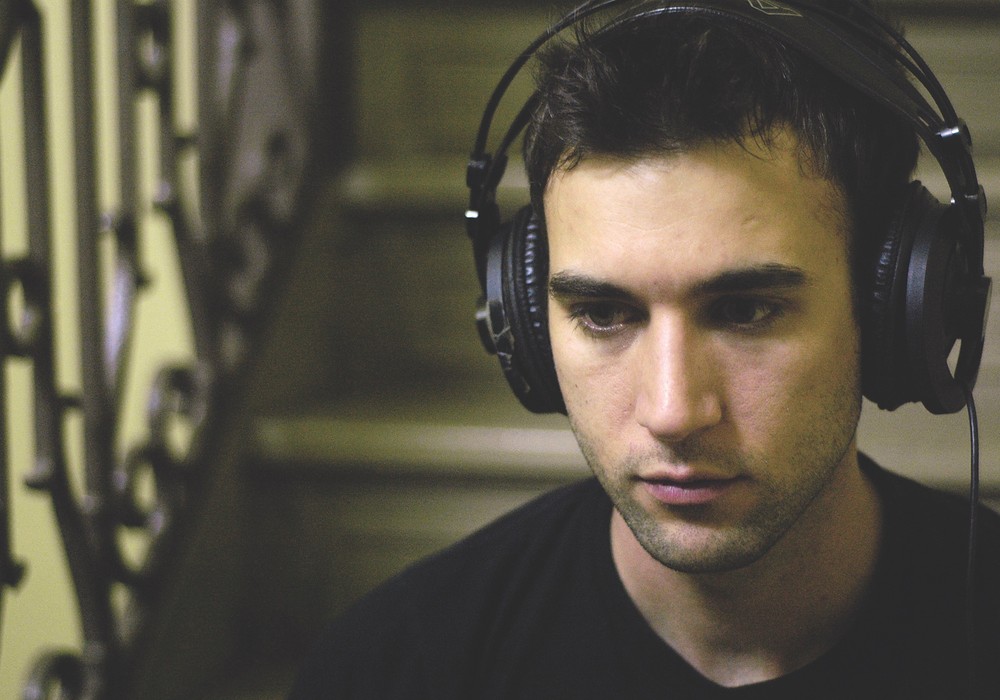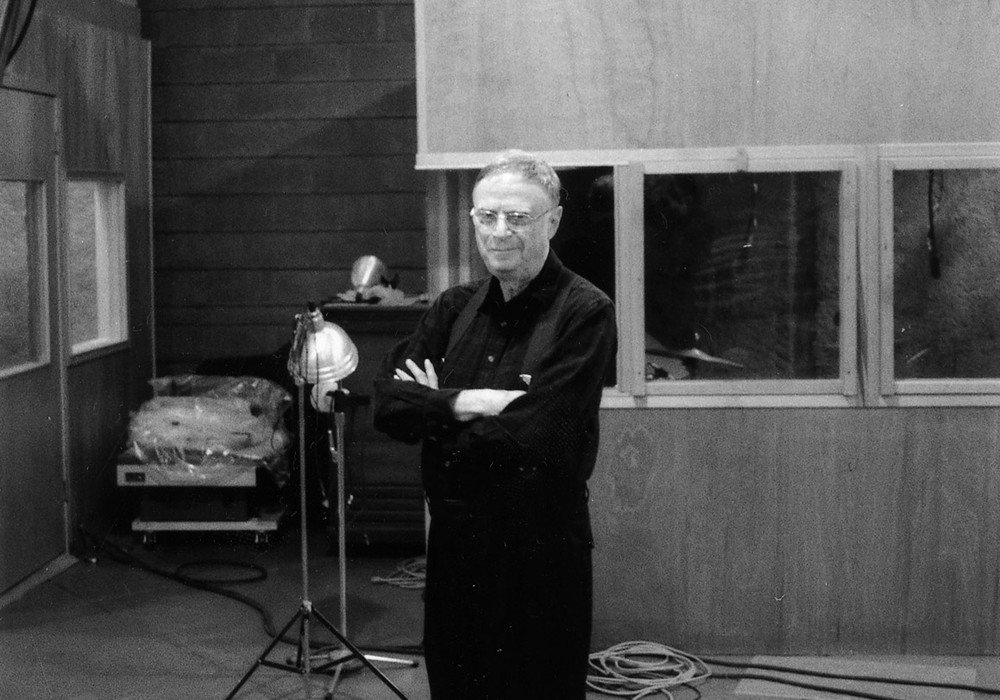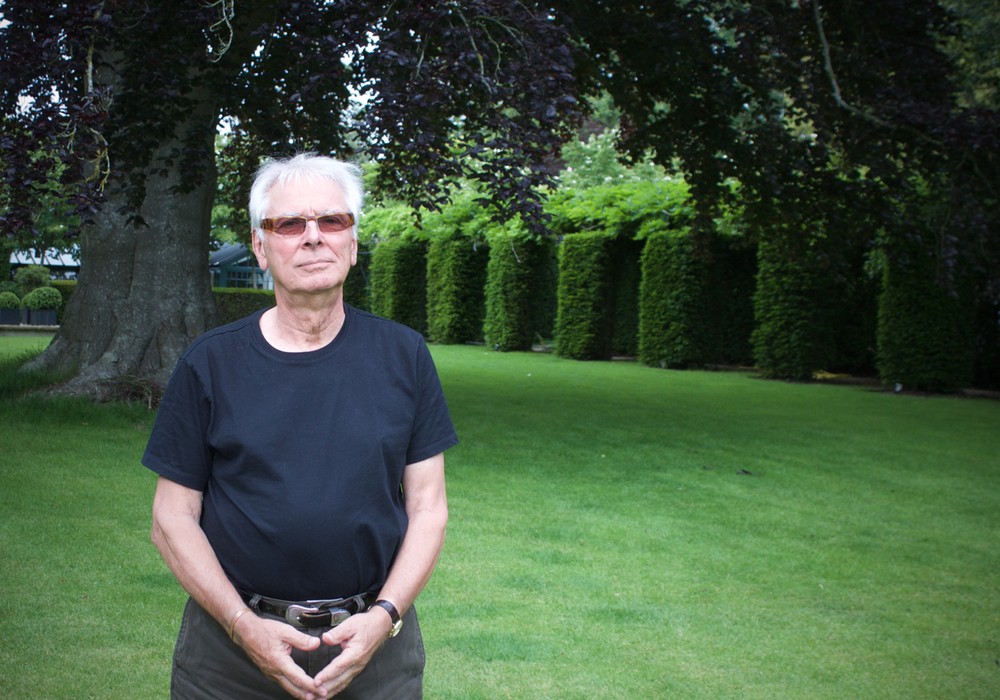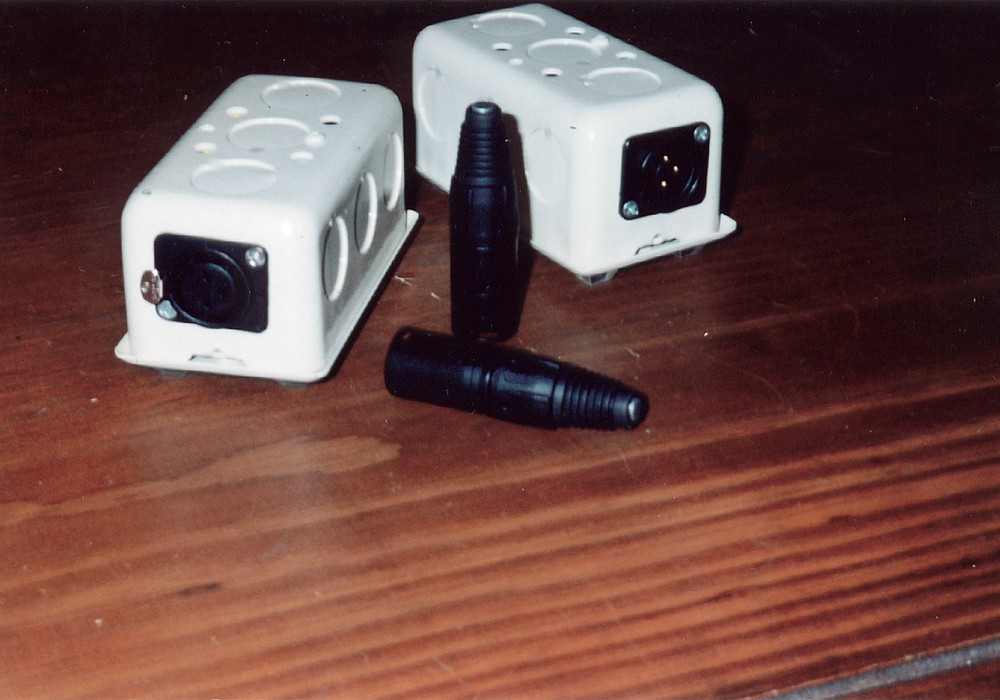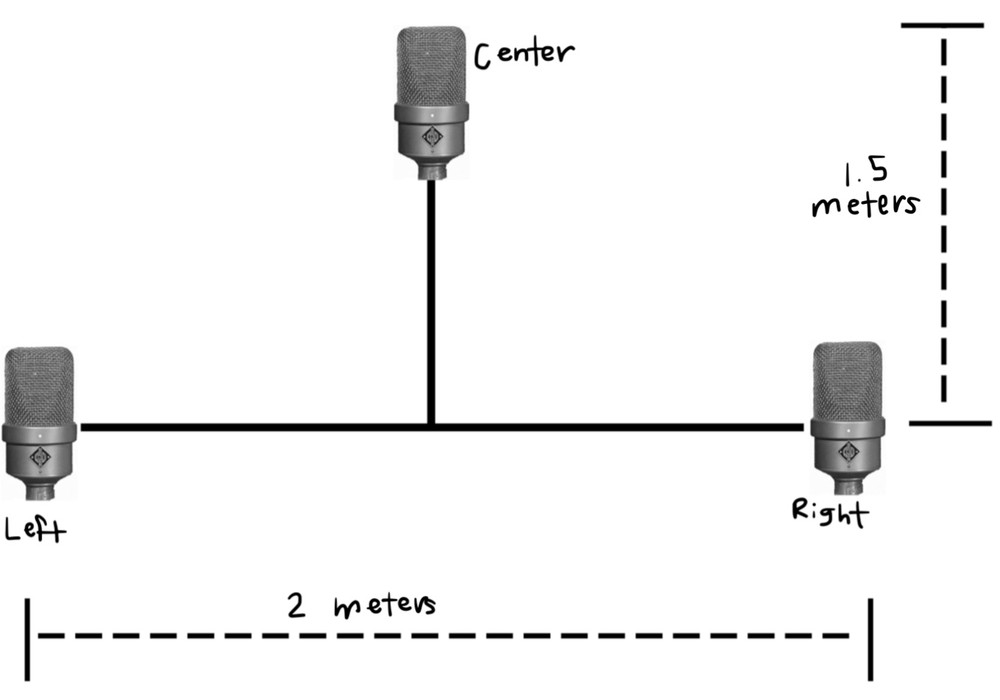East River Pipe is one man, Fred M. Cornog. He makes beautiful, dreamy pop records in a small apartment in New York, which he shares with Barbara Powers, who's not only his girlfriend but has played a large part in getting his music released. His music is so well crafted and recorded that many listeners never realize that what they are hearing is not a "full" band or even that there's no drummer, only an older model drum machine. Check out his CDs, Shining Hours in a Can, a collection of singles (on Ajax records), and Poor Fricky, the most recent album (on Merge records).
I remember reading that you were into Tom Verlaine and Television.
When I finally moved to the city, I was looking at this Television bin...one was Marquee Moon and one was Adventure. I was looking at the Marquee Moon and it was too scary to pick that up, 'cause that's a Mapplethorpe photo on the cover of that and it looks like their veins are sticking out, every hideous blemish on their face is amplified. I only picked up Adventure because it just looked less scary to me, more accessible. I started out listening to "Glory" and "Days" and "Foxhole" and stuff like that, rather than "Marquee Moon" and "See No Evil."
I think I actually heard Tom Verlaine's solo stuff before I heard Television.
There's kind of this drug element to everything Tom Verlaine does that I really like, although I don't take any drugs anymore! There's still this residual, leftover thing of acid in my head that will never go away. Television and Tom Verlaine stuff always seemed like really good drug music to me.
How did you start recording your own music?
When I was a kid, 15 years old or so, I had two little cassette players and I'd record a piano part and then I'd rewind it and play that back and play another piano part over that [previous] piano part with the other one on record. I'd essentially be bouncing off these cheap things. As soon as those mini-studios things came on the market, I knew I wanted one of those things. The first one I got was a Tascam Porta-One 4 track. I guess how I got into it is a fascination with song writing and tape machines at the same time. I put in a lot of time listening to records, and I still do. If you listen to late period Beatles records, put the headphones on and listen to "Strawberry Fields Forever" and one thing will be coming out of the left earphone, one thing will be coming out of the right, one thing will be going down the center...I didn't know how they did that, and I still don't, but that it could be done seemed really interesting to me, that it wasn't all just coming down the center of your head...it seemed like another world, an inner world. Listening to late period Beatles records and also wanting to write songs on my own, that's what's led to this disaster known as East River Pipe.
So when you realized there where these 4 track things you automatically understood what they were capable of?
Oh yeah! I was like, "Boy, I'm gonna get one of those!"
How old were you when you got your first 4 track?
About 23 or something. I've been messing around with it for about ten years.
What are you using now? Is it an 8 track?
I have a Tascam 388. It's an 8 track reel to reel but it lays flat and it's on 1/4" tape. It's incompatible with anything. You can't bring that tape into a real recording studio.
It won't play on a Fostex 8 track?
It won't play on anything. It doesn't sync up with it. What you'd have to do, if you were gonna bring that into a real studio, would be to bring the whole machine in. One person could carry it but it's pretty huge. I love this machine. For me, it's miles ahead of the cassette decks. You get a better fidelity. I'm not trying to get a bad fidelity recording. Why not try to make it as good as it can be? At the same time, I'm not a tech-head. I don't know anything about recording, I've never read the manual for this Tascam 388 because, quite frankly, I don't like to use things the way everybody else uses things. I never read the manuals for anything I get. I just turn the thing on and pluck the guitar and that's it. I just learned over time how to use it more efficiently or in a way that suited my music the best.
It seems like you've experimented with a lot of the...
The rest of this article is only available with a Basic or Premium subscription, or by purchasing back issue #1. For an upcoming year's free subscription, and our current issue on PDF...
Or Learn More
